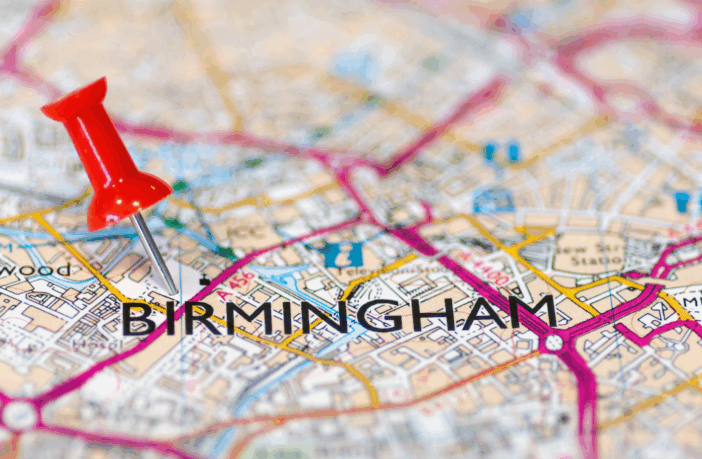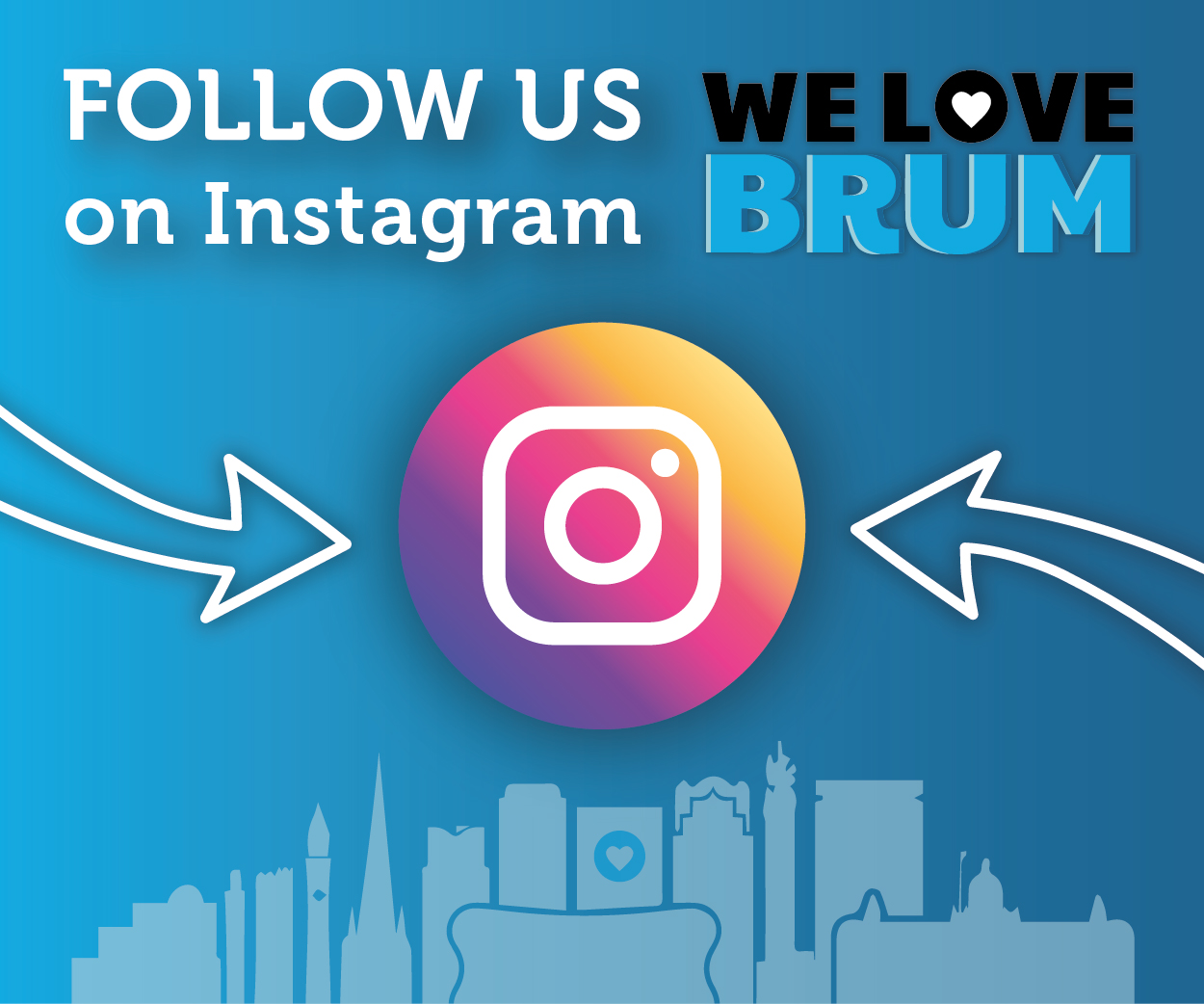Birmingham, a city identified with industriousness of the past and vibrant culture, is also becoming unobtrusively transformed, but not by bricks and mortar, but by bandwidth and bytes.
As the second largest city in the UK continues to draw creatives, technologists and innovators, there has been a big step change in how people consume entertainment, moving it into digital space.
From virtual cinemas to interactive art exhibits, to even how people prefer to play games for fun, modern Birmingham is not just the seat of history any more. it’s becoming a blueprint for the entertainment of the future.
Redefining the Night Out
A night out in Birmingham, for a long time, brought to mind pub crawls down to Broad Street, live music in Digbeth or an evening play at the Birmingham Rep. Although these classic ventures still flourish, they coexist side by side with their digital brothers.
The entry of virtual reality arcades, interactive gaming lounges and hybrid event spaces is flipping the face of traditional leisure on its head. We don’t have to go very far to walk into a bunch of friends all with headsets on, flipping through holograms rather than a pint, or even flipping and sipping in a single venue.
In this changing terrain games such as fishin frenzy have found their digital home. Once a plain slot game which gained popularity with its fun aquatic theme. You can see people playing with it on their phones while commuting, on their phones at themed game nights in the new-age cafés, the places that blur the lines between café culture and portal pastimes. This shift is a fitting example for the fact that the digital content cannot be locked within a bedroom or a basement anymore – now it is part and parcel of social fabric.
Cultural Venues Go Virtual
Birmingham’s museums and galleries are also on the wave of digital. The Birmingham Museum & Art Gallery, for instance, has stretched its arm with virtual exhibits which enable people to navigate its treasures without going inside the building.
Although nothing, no matter much it emulates the experience of standing in front of a pre-Raphaelite masterpiece, having the ability to zoom in, read an expert commentary, and wander at one’s own pace produces what physical spaces can’t provide; an augmented learning and experience.
Some of the sceptics hold that this digital layer has the danger of separating us from the real world art and culture. But maybe it’s less about replacement and more about the access. The digital door is a good one for those who either can not physically come OR for whom traditional institutions may be intimidating. Plus, interactive elements such as augmented reality features that allows you to “place” a sculpture in your living room arouses curiosity in ways that static displays can’t.
Streaming and Hyperlocal Content
Streaming isn’t a new thing; It has just taken the place of the finale binge of Netflix and Spotify German run in Birmingham. Now digital sites help local artists, musicians etc. to find a hyper- local story. The common streaming of other movies conventionally via the internet helps independent film showings to web stream movies, thus the environment becomes web presentee and real presentee.
Surprisingly, some interest has also been developed with regard to the regional identity. The lingua franca, alcoholic-accented-leizando and narratives have been articulated by the digital-space on the under-served on the national broadcasters. It’s not just about broadcasting; it’s about reclaiming cultural ownership. Whether as a digital docuseries on the food scenes adequately represented in the neighborhood or an experiment on podcasting on the industrial past of the local Birmingham let it be an industrial past of the other location any digital culture discourse gets more evident.
Digital Challenges and Social Shifts
Naturally, not every glitter is gigabytes. There are a set of challenges characteristic of the digital turn in entertainment as well. There’s the risk of digital fatigue a very real phenomenon , as people juggle zoom meetings throughout the day, and virtual trivia nights on the evenings.
Then there’s the challenge of accessibility especially among the older population who may not be so at ease exploring new technologies. Although Birmingham has gone a long way in digital literacy programs, it is still a long way to go to fill in the gap. The debates grow louder, however, about the health of Birmingham’s traditional venues, with more people preferring to stay in and connect through screens.
In Closing
Birmingham is meeting point of history and innovation and its entertainment landscape is an interesting prism through which to view this metamorphosis. The city’s adoption of digital experiences, be it casual games such as fishin frenzy or virtual art exhibit and hyperlocal storytelling signifies a community which assesses both tradition and evolution. Although there are going to be hurdles to clear as we go along, the general story line is that of opportunities: more voices, more formats, more accessibility.
Now, the actual question isn’t will digital entertainment continue to thrive in Birmingham it’s how the city will define that growth in terms of its diverse identity. Whether it’s a gig from your cort, or you’re meandering a virtual gallery with coffee in the Jewellery Quarter, Birmingham’s digital swing isn’t so much a subtraction of the extant, so much a multiplication of the possible.





